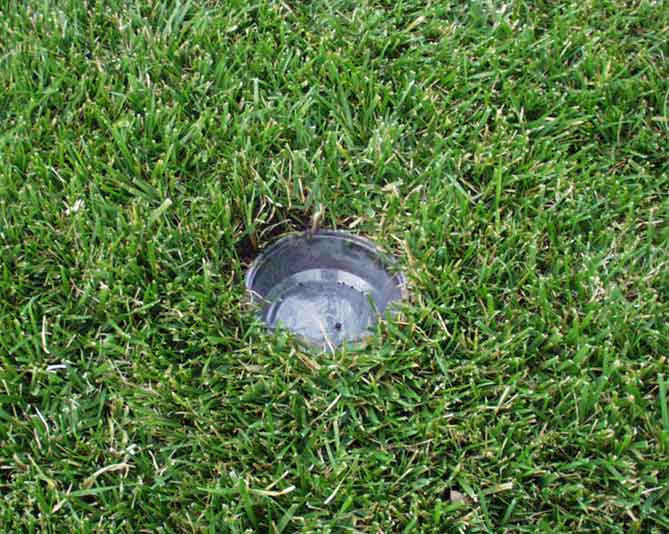


We intend to provide data support for local biodiversity studies through this dataset and assess the effects of the three passive acquisition methods presented by the SITE100 project.

Fixed sampling sites were selected in areas with low human disturbance to explore the biodiversity of the Tei Tong Tsai area.

This arrangement ensured the objectivity of the evaluation results. Each sample site was equipped with a three-dimensional, passive acquisition method, including a flight interception trap (FIT), malaise trap (MT), and 10 pitfall traps (PT) covering the entire living space of the beetles. Thirteen sample sites were set up to evaluate local biodiversity and collect beetles in this study. The beautiful scenery and species richness designate Tei Tong Tsai in Hong Kong as a good experimental sample site for this study. Its suitable environment and geographic location have created a rich ecological environment in Hong Kong therefore, it was listed as one of the sites in SITE100. Hong Kong (114☁5′ E, 22☁5′ N) is located along the coast of Southern China, with mountainous areas and country parks. In this context, Ming Bai (Institute of Zoology, Chinese Academy of Sciences) and Alfried Vogler (Natural History Museum, London) initiated SITE100 to explore global insect diversity patterns in 100 large sample sites worldwide from three dimensions: species, morphological, and genetic diversity. Among the reasons for this, habitat degradation and human disturbance are important factors that have caused widespread concern 13. The results showed a 75% decline in insect diversity over the 27 years. In 1989, Hallmann reported a 27-year study on insect diversity in 63 protected areas by trapping. Using a combination of different collecting methods leads to more comprehensive and objective results 12. In addition, obtaining all taxa in a complex habitat with only one collection method is difficult. Beetles have diverse habitats, wide distribution, and complex life histories as a result, they have diverse individual distribution spaces, which cause active collection methods to be less efficient in obtaining samples 10. In recent years, passive acquisition methods such as pitfall, malaise, and light trapping have attracted the attention of many researchers for their high repeatability and large acquisition volume 11. Due to their simple operation and easy portability, active collection methods are widely used, including net sweeping, striking, and vibration methods 7, 10. Insect collection methods are an important part of our study, including active and passive methods. They occupy all ecological positions in space 7, establishing beetles as a representative biodiversity research group and a longstanding subject for many scholars 7, 8, 9. The evolution of beetles over billions of years has produced a wide variety of taxa. As the largest group of insects, beetles are widespread and numerous. Many ecological studies on animal diversity have focused on mammals, birds, fish, and some insects 2, 4, 5, 6. Therefore, the study of biodiversity has been a strong focus of ecological research and explored by scholars for a long time 1, 2, 3. We aimed to provide a database for the evaluation of beetle species diversity in Hong Kong and a paradigm for the effectiveness of passive acquisition in the beetle collection through the three representative methods, thus laying a foundation for biodiversity research.īiodiversity sustains human survival in many ways, especially in three major aspects: health, food, and industry. The dataset consists of the following components: The original photo of the whole sample obtained at each site with each collection method, the morphological species identification chart, a statistical table describing the species and numbers of beetles collected on different dates at different sites using three passive acquisition methods, and a statistical table describing the longitude, latitude, and altitude information of each sampling point. A total of 16,270 beetles (photographed in 318 images) from 478 species belonging to 39 families were collected. We based the dataset in this paper on the beetle collection from the sample site of Tei Tong Tsai (Hong Kong) from 1 st May to 28 th May 2019, a period of high insect diversity.


 0 kommentar(er)
0 kommentar(er)
